The LS45 was developed by a company called LargeSense, which offers a huge large format video, captured in an insanely large sensor with the size of a whole camera. The 6.7MP 140mmX120mm CMOS sensor allows 5.6K of resolution and outputs a 14 bit lossless RAW with a bit rate of 390 MB/s. All details below.
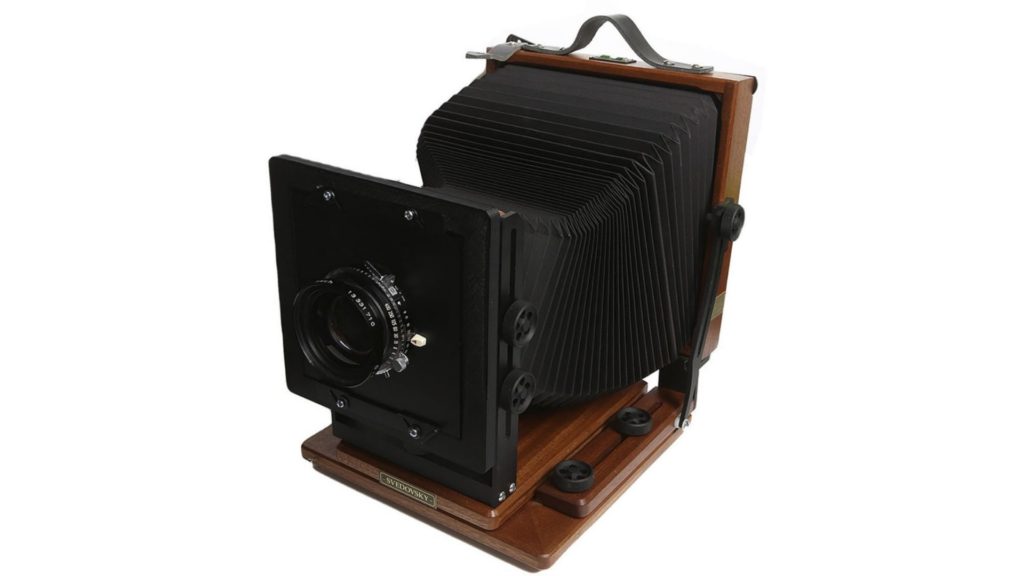
LS45: A (VERY) large format camera
The LargeSense Founder Bill Charbonnet has just uploaded his presentation of the 4×5 format camera featuring 140mm by 120mm CMOS sensor with 6.7MP. The company was formed in February 2014 by Bill Charbonnet, with the goal to make large format digital cameras. “Our secret sauce is building and selling a specialty camera where the market is only a few cameras per year. It is not something that even a small-medium format company could do profitably. Keeping costs low while building a revolutionary new camera is required. But being small has advantages, such as close contact between customers and support and engineering” says Charbonnet. Anyway, according to LargeSense, the LS45 video has sharper, bigger pixels, so it enlarges well to 4k. An “enlarging program” will be included with the camera. Furthermore, the camera shoots lossless unprocessed RAW at a bit-rate 390 MB/s. If I’m not mistaken, this is the world’s largest sensor camera that can shoot RAW video.
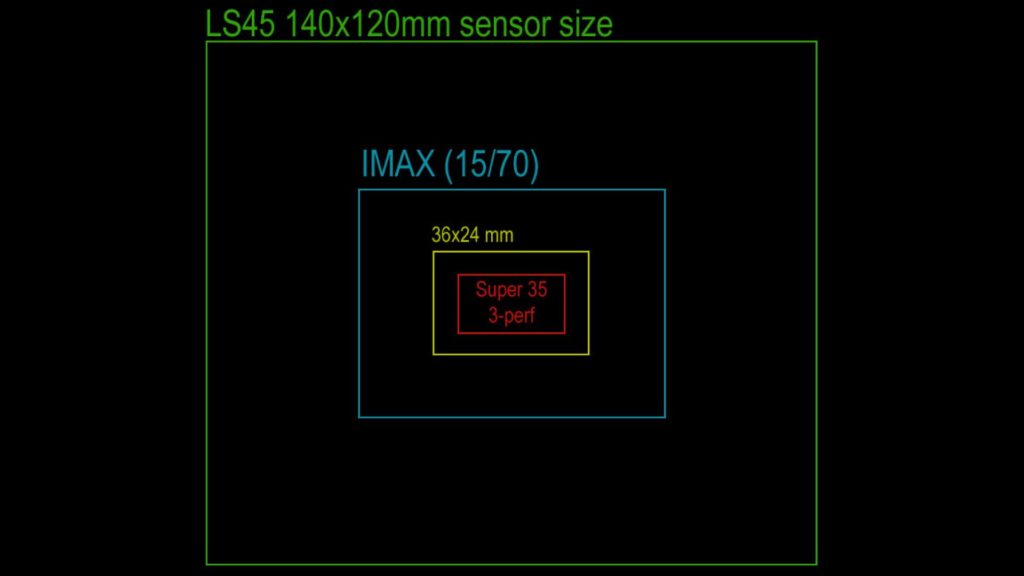
Specifications as stated by the manufacturer
- 14 bit lossless RAW
- Pixels: 2802×2400 with cropping options
- Pixels: 5601×4797 Enlarged x4 with our software
- Electronic shutter fastest speed 1/30s.
- Optional liquid crystal shutter fastest speed 1/500s. (in development)
- Engineering DR low ISO: 12.2 stops
- Engineering DR high ISO: 11.6 stops
- Low ISO color: 100
- High ISO color: 800
- High ISO color with LC shutter: 200 (estimated)
- Low ISO monochrome: 250
- High ISO monochrome: 2,000
- High ISO monochrome with LC shutter: 500 (estimated)
- Color: The most accurate color of any camera, and also the best. There are issues with sensitivity to angles of light, which will have software corrections.
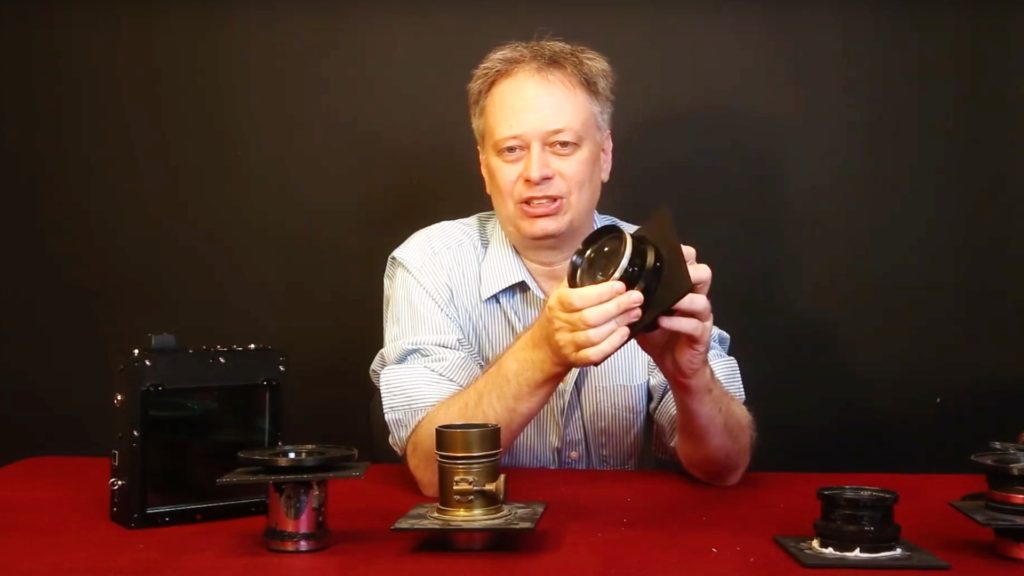
Mounting the sensor
You will need a special mount that can lock this huge sensor that is bigger even compared to a whole camera, Thus, a dedicated mount like a Speed Graphic is a decent solution. Basically, there’re two mounting options: A LargeSense custom mount, and a Graflex mount (see the video for an initial demonstration of the mounting process).
File Format
The current format saved is linear lossless unprocessed RAW, it needs external processing to output to various formats. LargeSense states that RED has a patent on 4K lossy raw, which includes CinemaDNG and ProRes RAW. Blackmagic made their own free Blackmagic RAW, though it is only 12 bits, and we (LargeSense ) need 14 bits. “So we won’t be using Blackmagic RAW, Cinema DNG, or ProRes RAW” Charbonnet adds.
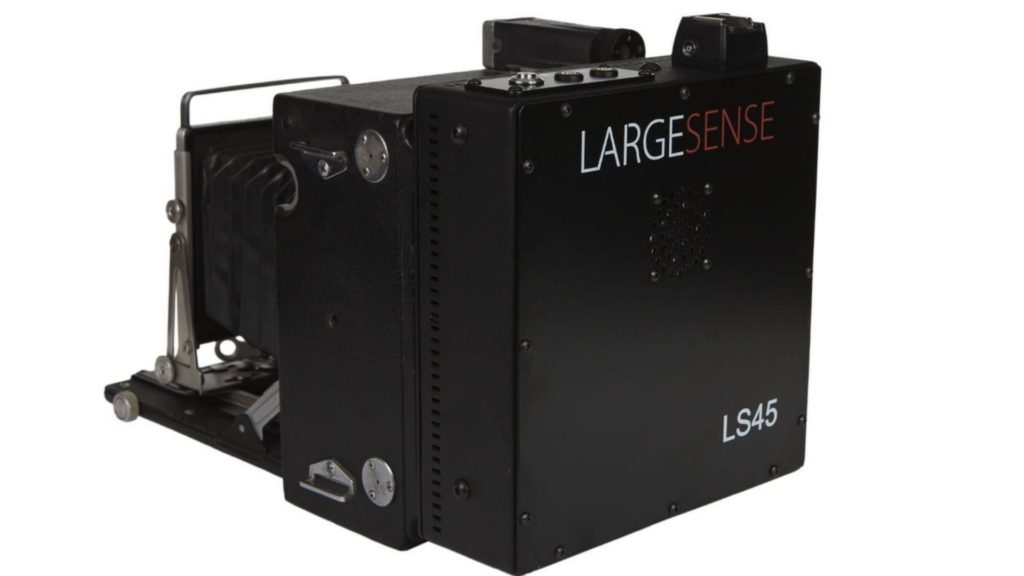
Rolling Shutter
Check out the LS45 4×5 Large Format Digital Back rolling shutter test by fan 2460 FanTest 24fps. The company is working on a liquid crystal shutter that would allow a global 180-degree shutter angle. This video shows the fully electronic shutter that is 1/30s. Take a look to notice minimal artifacts if any:
“Enlarging”
The LS45 is 2802-pixels wide. Since the pixels are big and sharp, they enlarge well to double the width and height. Then you can down-sample to 4k. LargeSense will grant an enlarging software. It has two versions: A CPU version and the other is an Nvidia GPU version. The GPU version is about 20 times faster, which would be useful in a commercial environment since enlarging is a time-consuming process. Here’s a still frame from a video and the enlarged example. Both crops are unsharpened, but the enlarging process seems to automatically sharpen images.
Download TIFFs original vs enlarged here. Notice that the image is extremely sharp with insane precision of details.
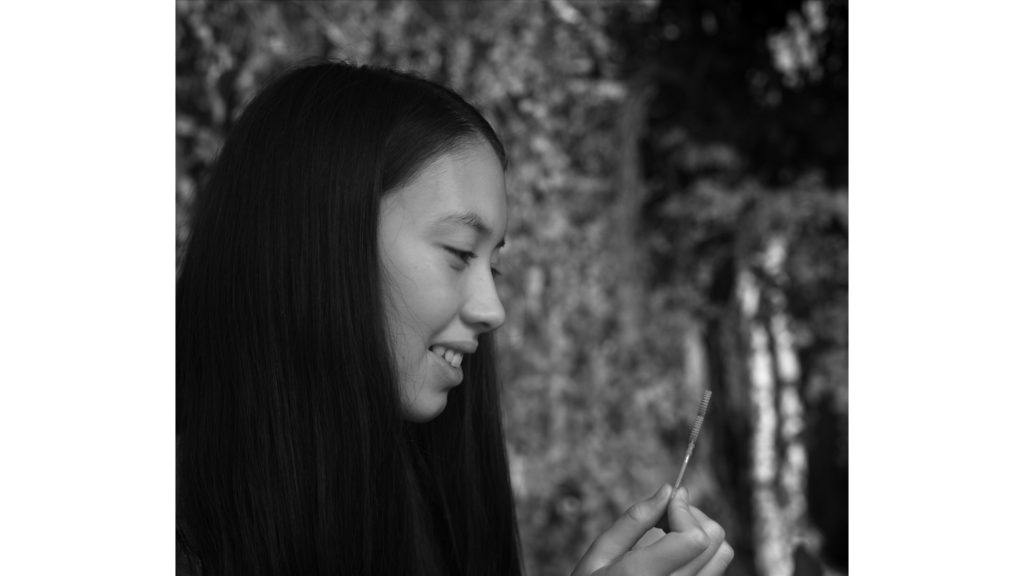
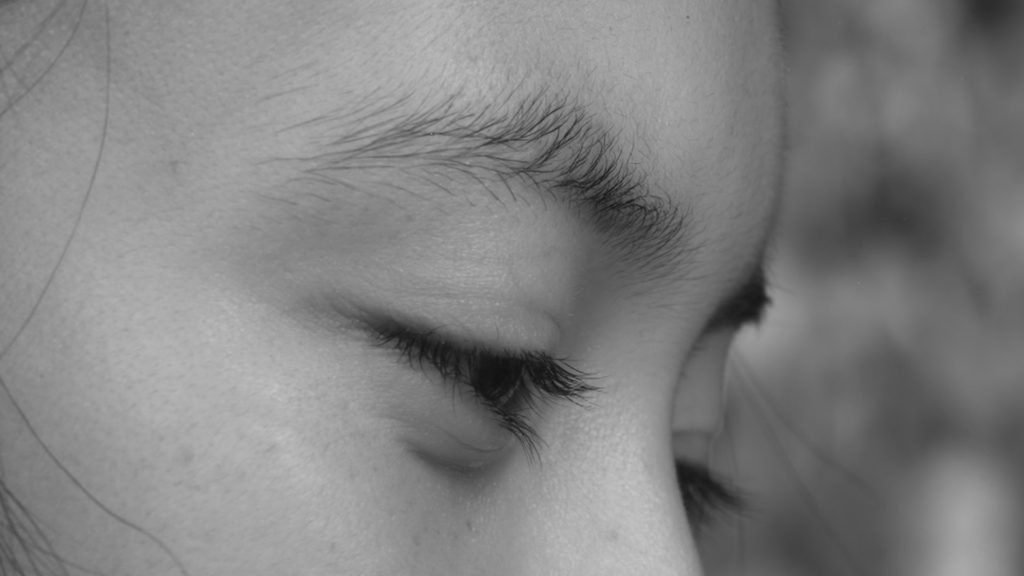
Storage
The camera has a USB3 storage port out. LargeSense uses USB Enclosures for m.2 drives which are fast enough to record RAW video. The max data rate for full-frame RAW video is around 390 MB/s. In a commercial environment, you would take the drive from the camera then put it in a PC and process, while a new USB drive would be put into the camera. “You would want a fast PC with a good Nvidia GPU for enlarging quickly” Charbonnet emphasizes.
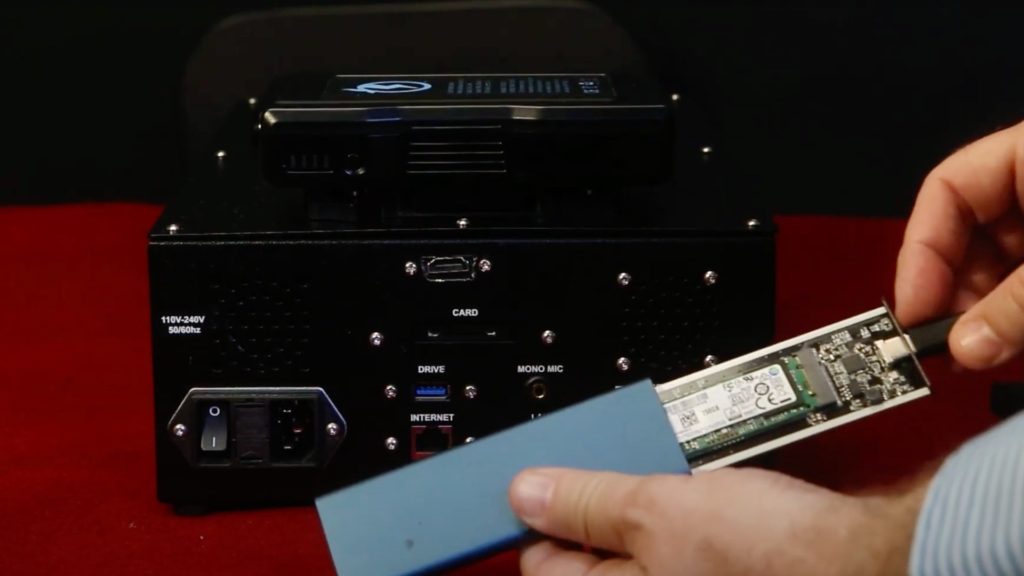
Pricing
No info about that. However, you can contact LargeSense directly for pricing and purchasing options.
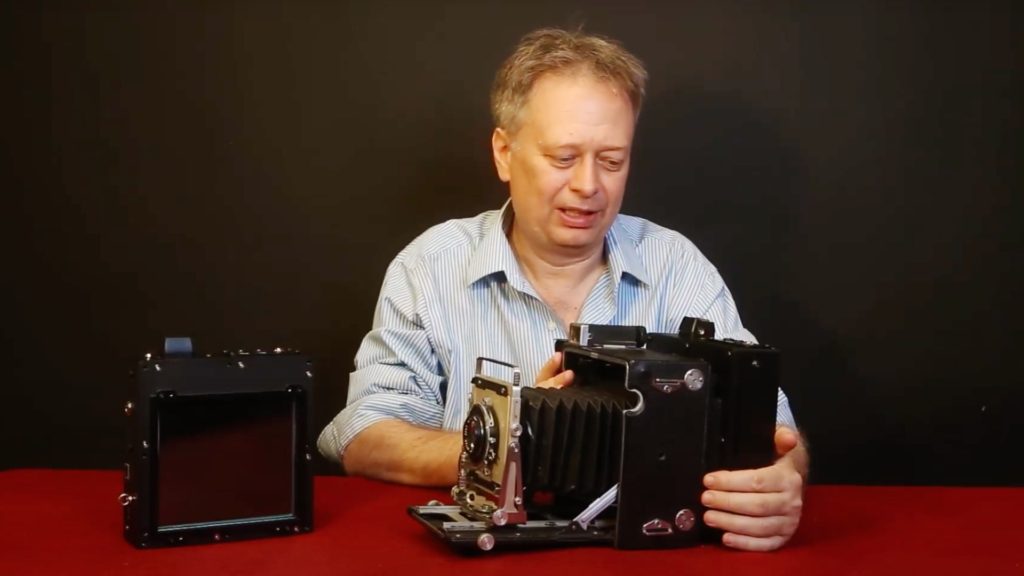
Final thoughts
The dimensions of the LS45 sensor are tough to ingest. For instance, comparing IMAX to LS45 is like comparing M4/3 to Vista Vision. At first, you might be thinking that this huge sensor will not be utilized commercially. However, never say never. If the engineering allows that then it’s possible. We keep you posted on more video samples from this camera (as promised by LargeSense) Stay tuned!


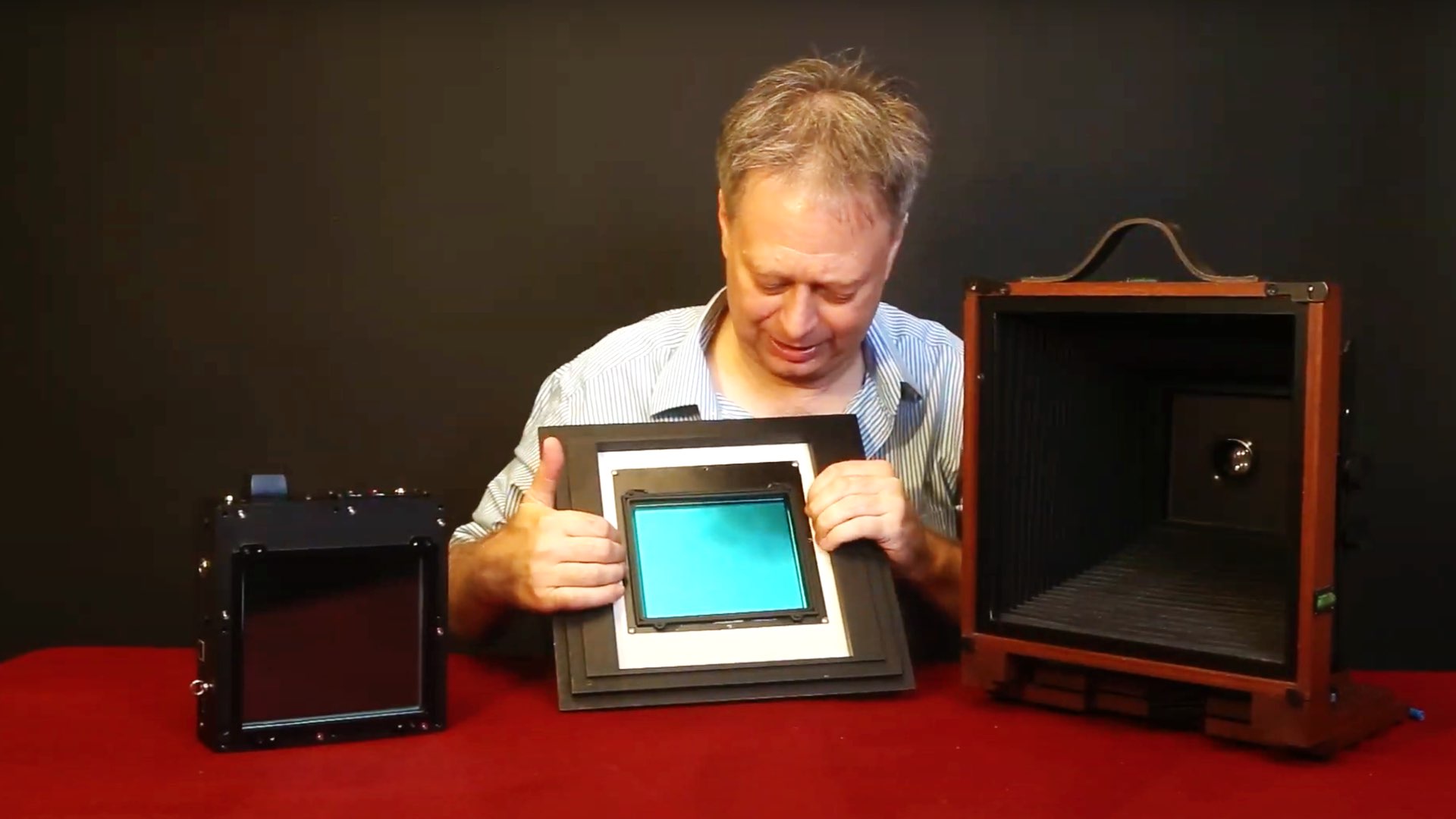



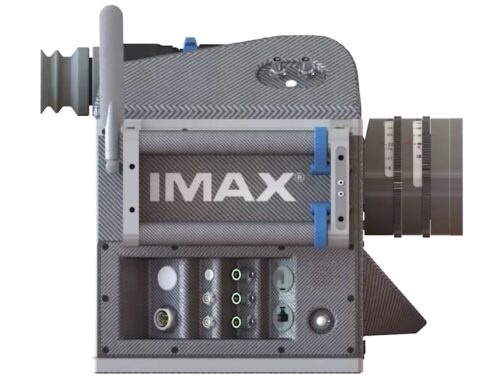

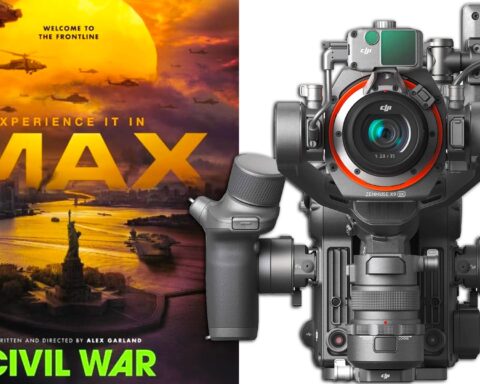

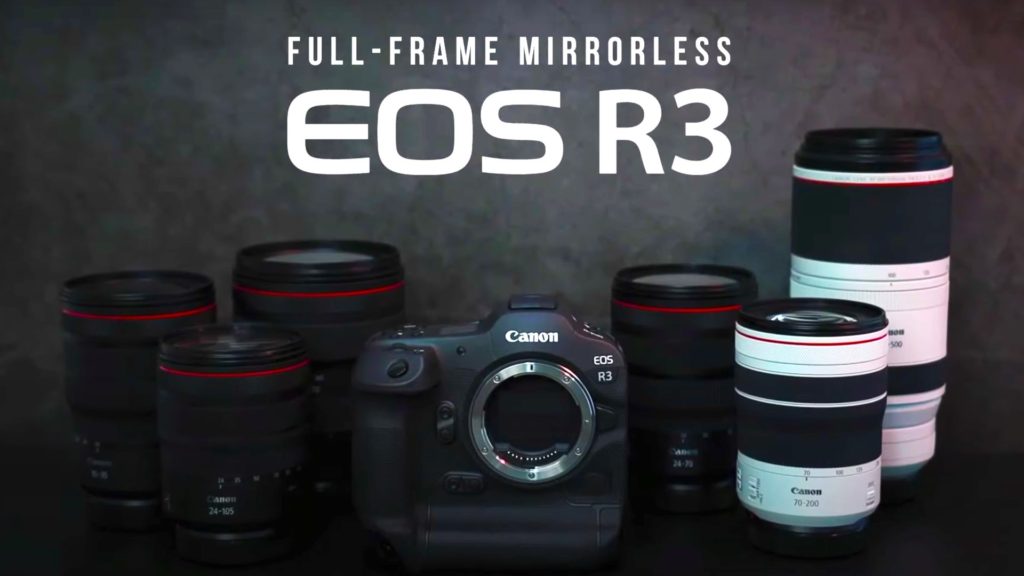





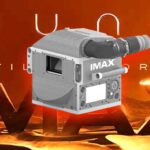
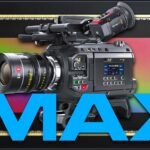
I have read other places that the RED patents were lossless compressed RAW,
Lossy RAW seems overly broad.
Nice article! The sensor size is 140×120 mm.
The LargeSense 911 is much larger at 9×11″. I think it outputs raw format too?
The output formats are the same for both cameras.
Gee, i think i’ll stick with 8×10 inch sheet film. Its way bigger, and has been around a lot longer.
I have http://www.wyomingcreations.com i make custom fabrication plans actual size with my large format printer. You have a facinating thing going on here.